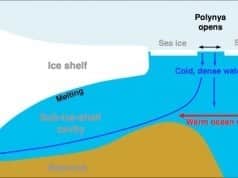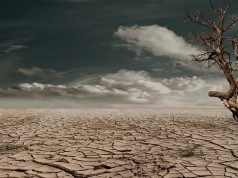Opposition to oil pipelines has led to sharp increases in train transport. Not only is that method less safe, it costs significantly more.
The proposed Keystone pipeline, which is intended to move oil from western Canada through the US to the Gulf of Mexico, has been called a “carbon bomb” by drama queen Bill McKibben.
According to his activist colleague Van Jones, if activists aren’t successful in halting the pipeline, “we lose everything. We’re fighting for the children of all species.”
Last week, Bloomberg News published an article titled Killing Keystone Seen as Risking More Oil Spills by Rail. (According to another source, the volume of crude being shipped by rail in North America has increased 50-fold since 2009.)
Depending on which study you believe, shipping oil by train instead of pipeline is either 2.7 or 33 times more likely to result in an accidental spill. On the other hand, a spokesperson for the railroad industry insists that pipeline spills are typically four times larger.
While all of the above numbers are interesting, a sense of perspective is perhaps even more valuable. The Bloomberg article says both types of transport
deliver more than 99 percent of products without incident. U.S. pipelines carried 474.6 billion gallons of crude and petroleum products in 2012 and reported 2.3 million gallons spilled, an effective rate of 0.0005 percent, according to John Stoody, spokesman for the Association of Oil Pipelines.
Over the entire decade ending with 2012, railroads hauled 11.2 billion gallons of crude with 95,256 gallons spilled, the majority from just one 2008 accident in Oklahoma that accounted for 81,103 gallons, according to the rail association.
In other words, we have two methods of viably transporting large amounts of oil. Both operate safely the vast majority of the time.
One method, though, costs significantly more. The Bloomberg article doesn’t quantify this, but according to a senior analyst over at OilPrice.com, rail deliveries are believed to be “three times more expensive than pipeline deliveries”
It isn’t easy to confirm those numbers. Lots of people cite them, but the original source is elusive. Moreover, there’s speculation that rail costs could drop as increasing amounts of oil get loaded onto trains and new terminals are constructed while President Obama takes his time making a Keystone pipeline decision.
But let us all be serious. If product A is safer than product B – and if it costs in the neighbourhood of three times less – in what universe does it make sense to choose product B anyway?
Everyone is surely opposed to wasting resources. Especially McKibben and Jones.





